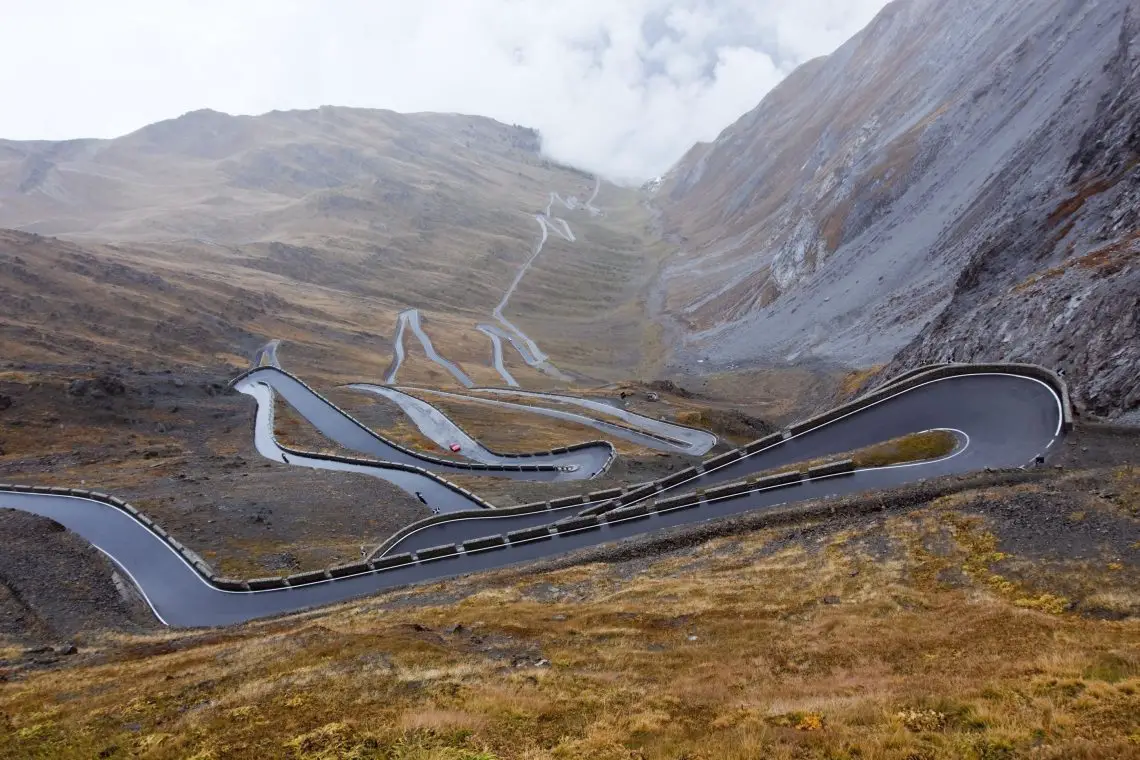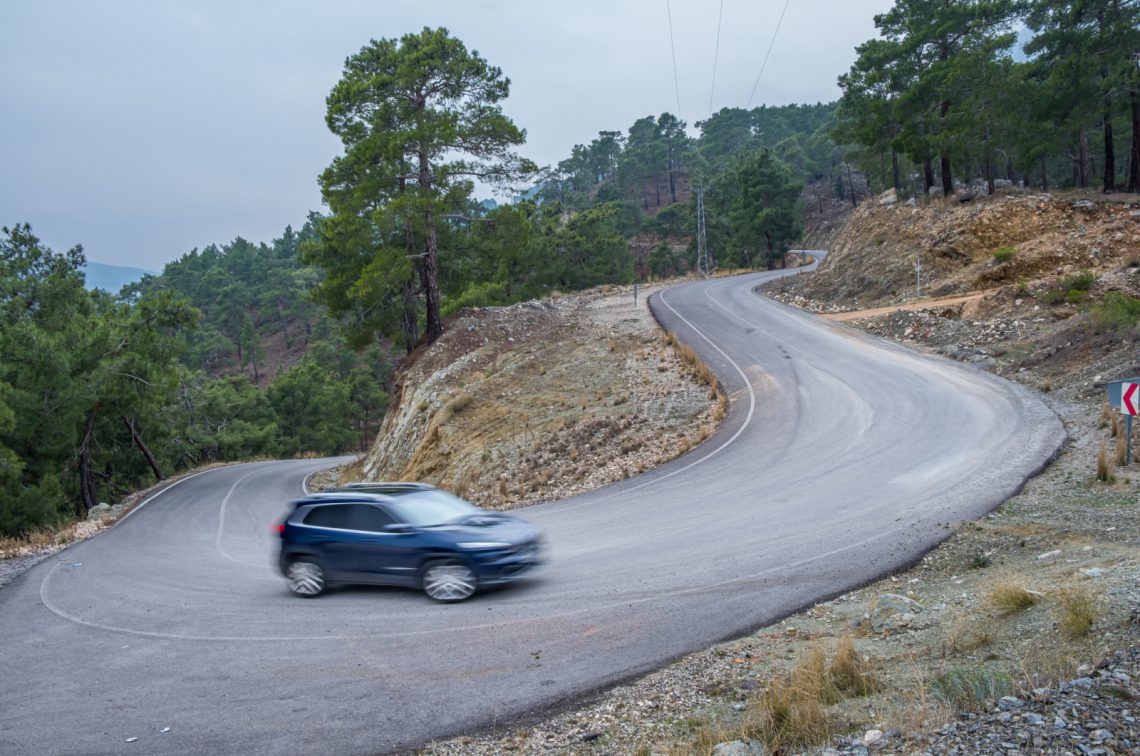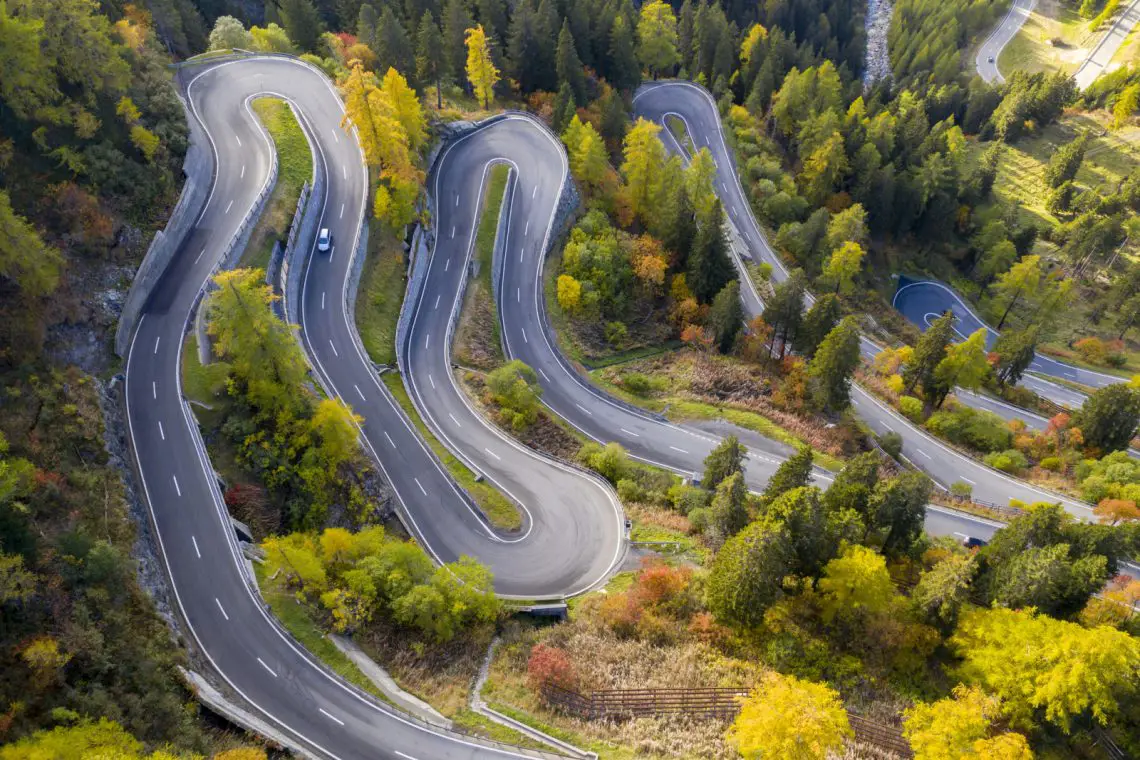Driving safely in the mountains – 5 tips
Do not upshift too early
These days, during driving lessons, you are told to upshift as quickly as possible. Around 1,500 and 2,000 rpm for a diesel engine and between 2,000 and 2,500 rpm for gasoline engines. That way you’ll use less fuel. That’s nice and durable and also good for your wallet While driving in the mountains you may forget this rule for a while.
1. Driving in the mountains
In the mountains, it is actually very important to drive at a slightly higher rpm. In this way, the engine is less stressed than at low rpm and at the same time you can accelerate easily. You don’t cycle up a mountain in a high gear either. Then you quickly fall silent, because you can’t apply enough force. Rule of thumb is, that at full throttle you should be able to let the car accelerate easily. Are you slowing down? Then it’s time to shift back. What you should absolutely never do while going downhill is put the car in neutral. This is life-threatening because you will no longer have any control over your vehicle.

2. Prevent slipping clutch (in traffic jam)
When accelerating from a standstill on an incline, it is important not to let the clutch slip. When the clutch is slipped, it wears out quickly. This is obviously a waste and, moreover, it brings with it a foul odor. An important tip is therefore, to keep the so-called “slip moment” as short as possible.
When driving in a traffic jam in the mountains, it is also important not to move forward a little bit all the time, but rather to allow the distance to your car in front to increase a little. Otherwise, your clutch will constantly get its ass kicked. By dropping some space, you can bridge the gap at once and only have to bring the clutch up once.
Learn more about a slipping clutch? Then read this article.

3. With an automatic in the mountains
There is also some important advice for people going into the mountains with an automatic. As with a manual transmission, it is important that you can control your own revs. This way you relieve the car and get up the mountain easier. In the mountains, put the automatic in manual mode and downshift early.

4. Downhill: tips for sparing the brakes
Also, when going downhill with the car, it is important to do so at relatively high rpm. In this way, the car brakes on the engine and your brakes wear less quickly. If you have to use the brakes for a long time while descending, they not only wear out quickly but they can even overheat. If you really do have to use the brakes, it’s better to brake hard every now and then, losing a lot of speed and allowing the brakes to cool down in between.
5. Regenerative braking
In electric and hybrid cars, it is smart to set the regeneration mode to its strongest during downhill travel. This way you brake more, wear out your brakes less and generate a lot of power. During a long descent, you can regain tens of kilometers of range if you brake on the electric motor. Note: Is your hotel on top of a mountain and a long descent is planned the next day? Then, during your overnight stay, don’t fully charge your electric car battery. Otherwise, the car can’t do regenerative braking when you drive down the mountain. Of course, you can’t store energy in a battery pack that is already completely full. Leave 10 to 20 percent room in the battery pack if your first leg of your journey is downhill.
Also read:

